What Are Good Alternatives to Leather Interiors?

Leather upholstery and trim is often found on high-end vehicles and offered as optional upgrades, but in some cases, there are better alternatives available.
Some automakers are listening to customer concerns and noticing a trend towards more environmentally and animal-friendly products as well, but don’t think that getting fake leather or vinyl is a total shame.
Why Not Leather?
Leather is noted for being soft and smelly (in a good way!) but it can get scratched, cracked, wear, and stain. It’s hard to keep in good shape, but it’s considered a luxury and costs extra while also increasing a vehicle’s resale value. On the other hand, leatherette (also known as fake leather or vinyl) is much more durable and resistant to stains. It’s a good choice for car owners with young children or pets. The downside to fake leather is that it doesn’t breathe, making it get very hot in the sun and very sticky in warm weather.
Also, saying you have “leatherette” or “fake leather” isn’t sexy, which is probably why automakers give their synthetic leathers fancy names. For example, BMWs not equipped with leather use a vinyl alternative called SensaTec, while Lexus’ offering is called NuLuxe. The Japanese automaker boasts that NuLuxe is half the weight of leather, too, which can be an asset when it comes to efficiency, as lighter vehicles will use less fuel. Many owners say that NuLuxe is very soft and very close to feeling like real leather.
ALSO SEE: What is Nappa Leather?
In fact, many leather alternatives are seen as better choices than the real stuff. Take for instance the MB Tex upholstery, which is found in many Mercedes-Benz vehicles. Described as having “a rich appearance and supple leather-like feel, even in cold weather,” this is actually a vinyl alternative to leather. Mercedes has used this in its vehicles for decades, and anytime you’ve opened the door to a classic Mercedes, to be greeted by a pristine looking set of seats, it’s likely they’re covered in MB Tex — they’re legendarily durable.
Vegan Choices
Tesla interior materials are another highlight, especially when optioned with the available Ultra White interior option. Described as “vegan,” the Model X and top-of-the-line Model S are offered with this leather alternative, a move that was put forward by shareholders who were also PETA members. The Model 3 is also offered with this interior setup, which is unique in the industry as being the only truly vegan interior since the steering wheel can also be specially ordered with this vegan offering.
What makes this interesting is that most luxury vehicles will be sold without leather at lower price points offering cloth, vinyl, or other alternatives. Tesla, on the other hand, makes this faux-leather feature available throughout all the trim levels.
ALSO SEE: Someone Actually Used Mustang Leather in a Ford Mustang
The Ultra White interior option costs an extra $2,500 and features a stain-resistant coating that is capable of deflecting ketchup and coffee stains. The material is used on the seats, steering wheel, and gear shifter. Naturally, PETA has officially applauded Tesla for being the first all-vegan vehicle.
Leatherless Bentleys?
Looking ahead at the trends of growing environmental concerns, Bentley was quoted as saying they’re planning to offer vegan-friendly alternatives to leather in their ultra luxurious land yachts. Further discussion with the brand’s PR boss Jeff Kuhlman revealed that Bentley is currently just scanning the trends in its demographic, and that “environmental and sustainability issues rank high in the national and in some cases, regional [California] discussion.”
He added that alternatives to leather are possible through the brand’s special order Mulliner division. That is “if the alternative can pass our quality standards. For instance, we’ve had requests for snake skin interiors, but the durability does not meet our standards.”
The same rings true for vegetable-based or synthetic choices, too. “Non-animal materials are also possible, but again [have to meet] the same standards. The question is whether we can effectively work with a material that uses no animal substances and achieve those standards. We believe that we can, and that is what the Bentley team is working on.”
It seems that there are benefits to opting against a leather interior. In many, cases it can be a more affordable option, and in the cases that it isn’t, it’s at least an eco-friendly move. In addition to that, most leather alternatives are noted for their durability. Finally, if ultra luxury giant Bentley is looking into non-leather upholstery, who’s to say that leather is still the top grade of material in an automobile?

Sami has an unquenchable thirst for car knowledge and has been at AutoGuide for the past six years. He has a degree in journalism and media studies from the University of Guelph-Humber in Toronto and has won multiple journalism awards from the Automotive Journalist Association of Canada. Sami is also on the jury for the World Car Awards.
More by Sami Haj-Assaad



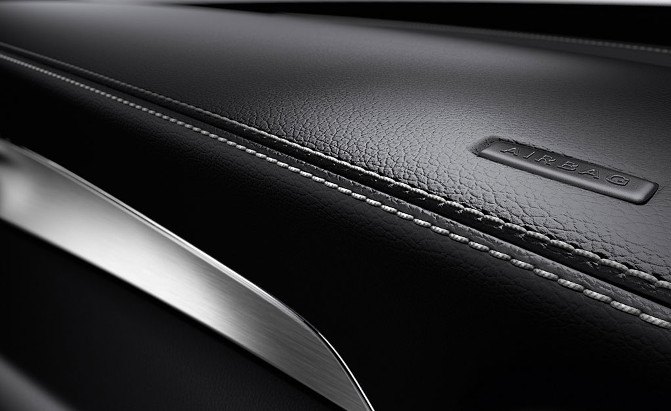


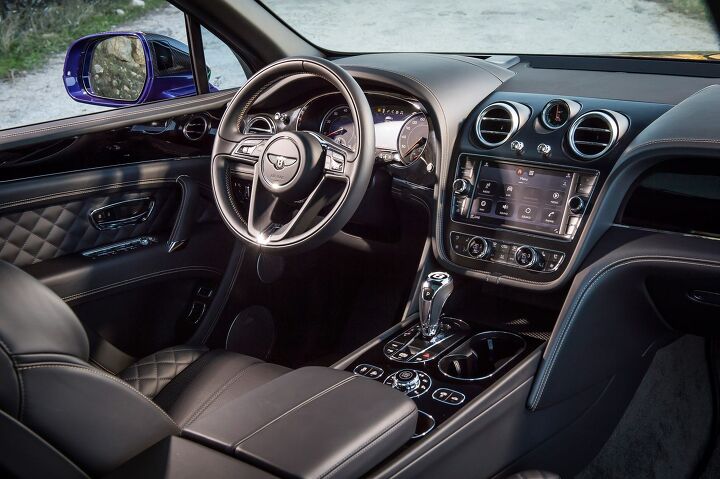











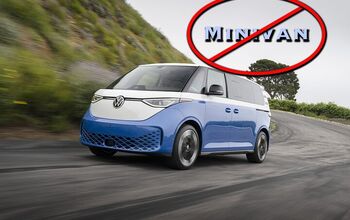




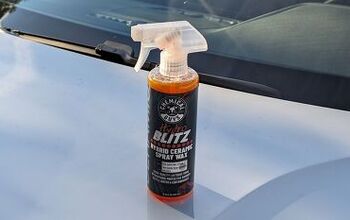
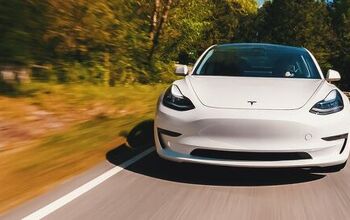
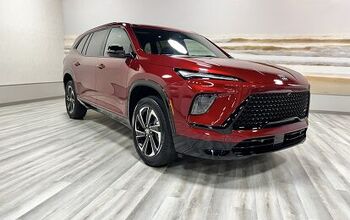


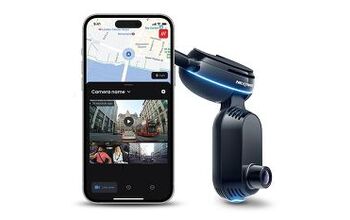
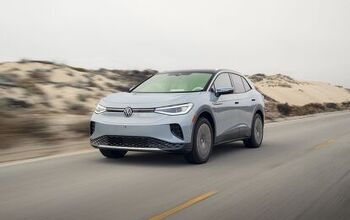





Comments
Join the conversation